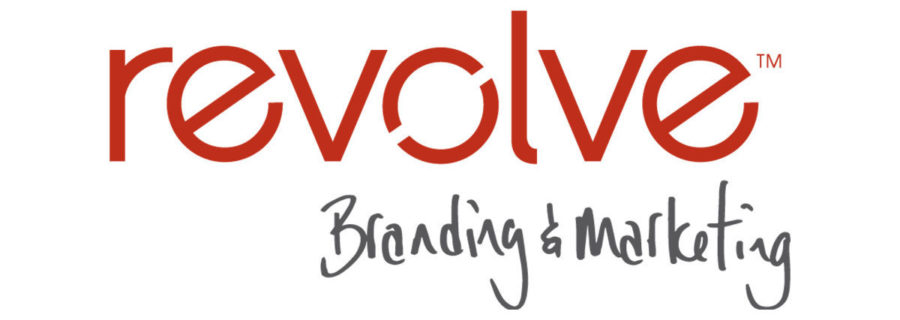This is a guest post from Revolve Branding & Marketing
(Member since 1987)
Your brand’s presence on the search engine results page (SERP) can often be the first impression a user will have of your brand. As such, it is important to ensure your brand is portrayed positively, delivers the right message, is unique from competitors and encourages click-through.
As there are a variety of ways a user can engage with your brand on search engines, auditing and managing your online presence is essential to presenting a cohesive brand image on the SERP.
To audit your brand’s search presence, simply start by searching for your brand on search engines, much like a searcher would, and take inventory of what you find.
We’ve identified five key areas you should pay attention to:
1. Your brand’s search results
When auditing your brand’s search results, ask yourself: “Does this accurately and succinctly describe who we are and what we do?”, and “Is our brand presented in a professional manner?”. Remember that a first impression is often set as this stage so also ensure your result looks professional by paying attention to the styling; including language, consistency, punctuation and capitalization.
2. Your Brand in Local SEO
Brand’s with brick and mortar locations should pay special attention to their Google My Business listings. In an increasingly mobile-first world, your audience is taking to search engines to find information about your brand such as your locations, hours of operation and contact details. Google My Business makes it easy for users to get this information directly from the search result without having to visit your website.
3. Your Brand in SEM
With a limited number of search results available on the first page of search engines and high competition to appear in these coveted positions, brands are increasingly using paid search engine marketing (SEM) to appear at the top of the SERP. Whether or not your brand is taking advantage of paid search ads, check the SERP to see who is appearing for your brand terms and related keywords.
4. Your Brand on Social Media
While many users will visit your website directly, some searchers will visit your brand on social media networks. Take inventory of what profiles appear for your brand in the SERP and ensure the correct profiles are indexed. If you’ve setup social media profiles for your brand but have neglected them, users will still find these pages through search so it is important to keep active profiles to maintain a positive brand presence online.
5. Your Brand in the Online Community
For local businesses, review sites like Yelp, Yellow Pages and TripAdvisor are very popular destinations for searchers. Third-party reviews such as word-of-mouth and referrals are highly useful for influencing the purchase decisions of your target audience. Pay attention to your brand’s rating across these sites and engage with reviews, both positive and negative.
After taking an inventory of your brand’s presence on search engines, identify areas of opportunity and begin to prioritize and address. Note that an audit is not a one-time exercise. Search engines are dynamic and continually changing, so make it a best practice to routinely monitor your brand in the SERP to ensure your target audience has a positive experience with your brand.
Authored by Glen Dufour, Digital Performance Strategist at Revolve. If you would like to discuss a Digital Performance Audit of your website, which reviews and provides recommendations on SEO, SEM, website usability and social media presence, please email info@revolve.ca
For more information on Revolve, please visit revolve.ca
< Back to Articles | Topics: Guest Post

